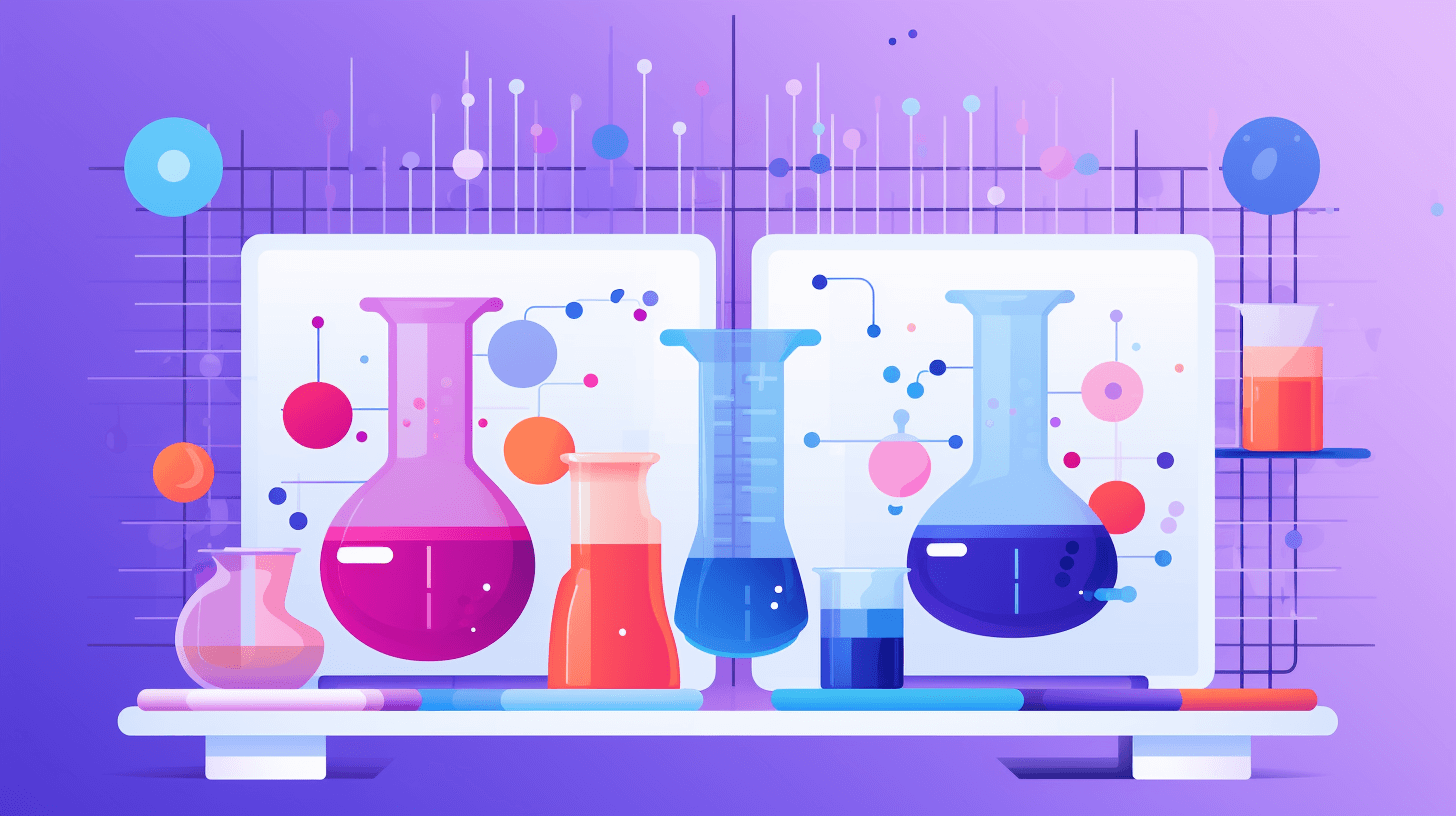
Harnessing the Power of A/B Testing in Product Growth
Introduction: Understanding A/B Testing
In today’s dynamic and competitive business environment, data-driven decision-making is paramount. The key to unlocking accelerated product growth lies in understanding user preferences, behaviors, and needs. A/B testing, also known as split testing, is a powerful tool that businesses can leverage to obtain such insights. It involves comparing two versions of a webpage, feature, or product to determine which performs better, by randomly distributing users between two options (A and B) and statistically analyzing the results.
How A/B Testing Fuels Product Growth
A/B testing is a cornerstone of product growth because it helps remove guesswork and injects objective data into decision-making processes. It enables businesses to test small changes (such as different color schemes, calls to action, or product features) to determine their impact on key metrics such as conversion rates, user engagement, or retention. By analyzing the results of A/B tests, businesses can identify which changes encourage positive user behavior and improve overall performance, leading to sustainable product growth.
A/B Testing: A Practical Approach
The execution of A/B testing involves a structured process. First, a clear hypothesis needs to be established about what changes could potentially improve product metrics. Next, two variations are designed - one is the control (usually the current version), and the other is the variant incorporating the hypothesized change. The users are then randomly exposed to either the control or the variant. Finally, the user interactions are tracked and the data is analyzed to determine which version performs better. This structured approach ensures the reliability and validity of the results.
Case Study: A/B Testing in Action
To highlight the power of A/B testing, let’s consider an example. A popular e-commerce platform wanted to increase the number of user registrations. They hypothesized that changing their call-to-action (CTA) button from green to blue might improve registrations. An A/B test was conducted, where half of the users saw the green button (control) and the other half saw the blue one (variant). After a period of testing, it was found that the blue button led to a significant increase in registrations. This small change, informed by A/B testing, resulted in substantial product growth.
Caveats and Considerations in A/B Testing
While A/B testing is a robust tool for product growth, it comes with some considerations. First, tests should be run for an appropriate duration to capture reliable data. Cutting a test short may lead to inaccurate insights. Second, it’s important to only test one change at a time, as testing multiple variables simultaneously can confound results. Lastly, statistical significance should be achieved before making conclusions to ensure that results are not due to random chance.
Conclusion: Embracing A/B Testing for a Growth Mindset
A/B testing is a powerful ally in the quest for product growth. It empowers businesses to make data-driven decisions and helps them understand the impact of changes on user behavior. By incorporating A/B testing into their growth strategies, businesses can ensure they are meeting their users’ needs, fostering engagement, and maintaining a sustainable growth trajectory. As in the words of Amazon’s Jeff Bezos, “If you double the number of experiments you do per year, you’re going to double your inventiveness”. Embracing A/B testing in product development can indeed pave the way for such inventiveness and growth.
Reflect on the following
- How have I successfully employed A/B testing in past projects and what were the key takeaways?
- How can A/B testing be integrated into my current product growth strategy to enhance user experience and engagement?
- What potential challenges might I face when implementing A/B testing and how can I mitigate them?
- How can I ensure that the data gathered from A/B testing is accurate and reliable for decision-making?
- In what ways can the insights from A/B testing drive customer-focused business success and sustainable growth in my specific context?